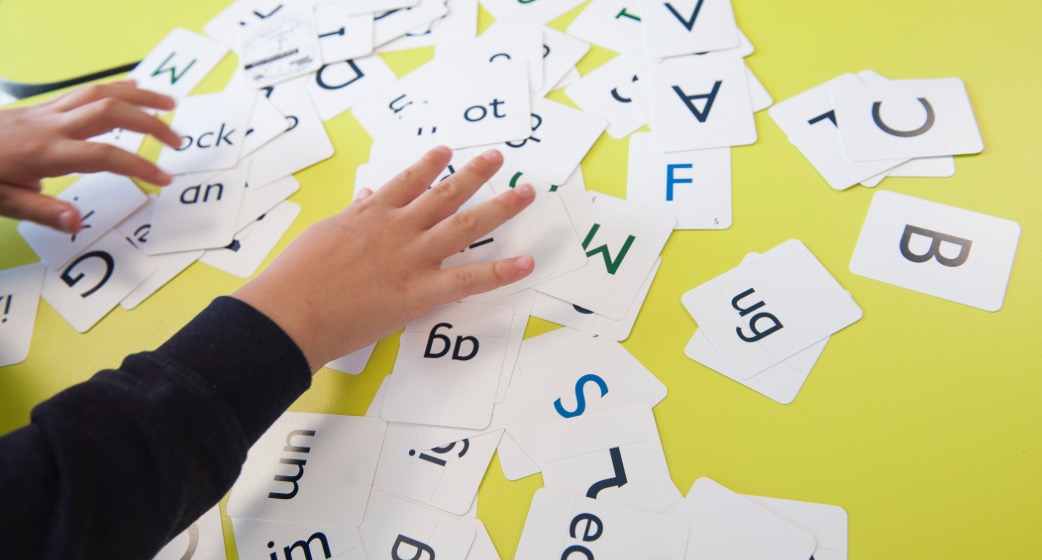Dyslexia. A Step closer to its end
July 15, 2018 | Expert Insights
Background
Dyslexia is a lifelong condition that makes it difficult for people to read. It’s the most common learning issue, although it’s not clear what percentage of kids have it. Some experts believe the number is between 5 and 10 percent. Others say as many as 17 percent of people show signs of reading issues. The reason for the wide range is that experts may define dyslexia in different ways. Dyslexia is mainly a problem with reading accurately and fluently. Kids with dyslexia may have trouble answering questions about something they’ve read. But when it’s read to them, they may have no difficulty at all.
People sometimes believe dyslexia is a visual issue. They think of it as kids reversing letters or writing backwards. But dyslexia is not a problem with vision or with seeing letters in the wrong direction.
It’s important to know that while dyslexia impacts learning, it’s not a problem of intelligence. Kids with this issue are just as smart as their peers. Many people have struggled with dyslexia and gone on to have successful careers. That includes a long list of actors, entrepreneurs and elected officials.
Einstein, arguably the greatest Scientist in the world is said to have been dyslexic. One remarkable indication that Leonardo da Vinci was likely dyslexic is in his handwriting. Leonardo was constantly sketching out his ideas for inventions. Most of the time, he wrote his notes in reverse, mirror image.
Analysis
Dyslexie helps students to make the most out of their studies and to enjoy learning. Students who cope with dyslexia are facing many challenges on a daily basis. Dyslexie font helps students to reach their full potential.
Unfortunately, dyslexia poses – also unconsciously - some serious challenges for many employees on a daily basis. Dyslexie font helps employers and employees to make the most out of their job, both for themselves and for their organization.
The letters of the dyslexie font are designed while taking into consideration the different characteristics of dyslexia. People with Dyslexia often Swap, rotate and flip letters without noticing the problem- that some letters are very similar to each other. Dyslexie font is designed so that every letter is unique in its own form. This counters the rotation, flipping and reversal of the letters.
Sometimes, they have a ‘crowding effect’, the apparent fusion of letters because they are too close to each other. Thus, the font has extra distance between the letters and between word spaces.
Dyslexic people may also overlook the beginning of a sentence and read two sentences as one. Therefore the capital letters are bolder so the reader will easily identify the beginning of a new sentence.
Counterpoint
While the reasoning behind the font's design is intriguing, the scientific evidence supporting Dyslexie's usefulness is far from conclusive. Some studies found that for certain subsets of reading errors, special dyslexia fonts do reduce error rates for dyslexic readers, yet for other subsets of errors, special dyslexic fonts were no better, or in some cases worse; hence, the findings on reading errors are mixed.
Assessment
Our assessment is that these fonts still need to be studied using what researchers call controlled, randomized studies. The studies also need to be published in peer-reviewed scientific journals. When work is peer-reviewed, that means independent experts in the field have examined it and deemed it worthy of publishing.


